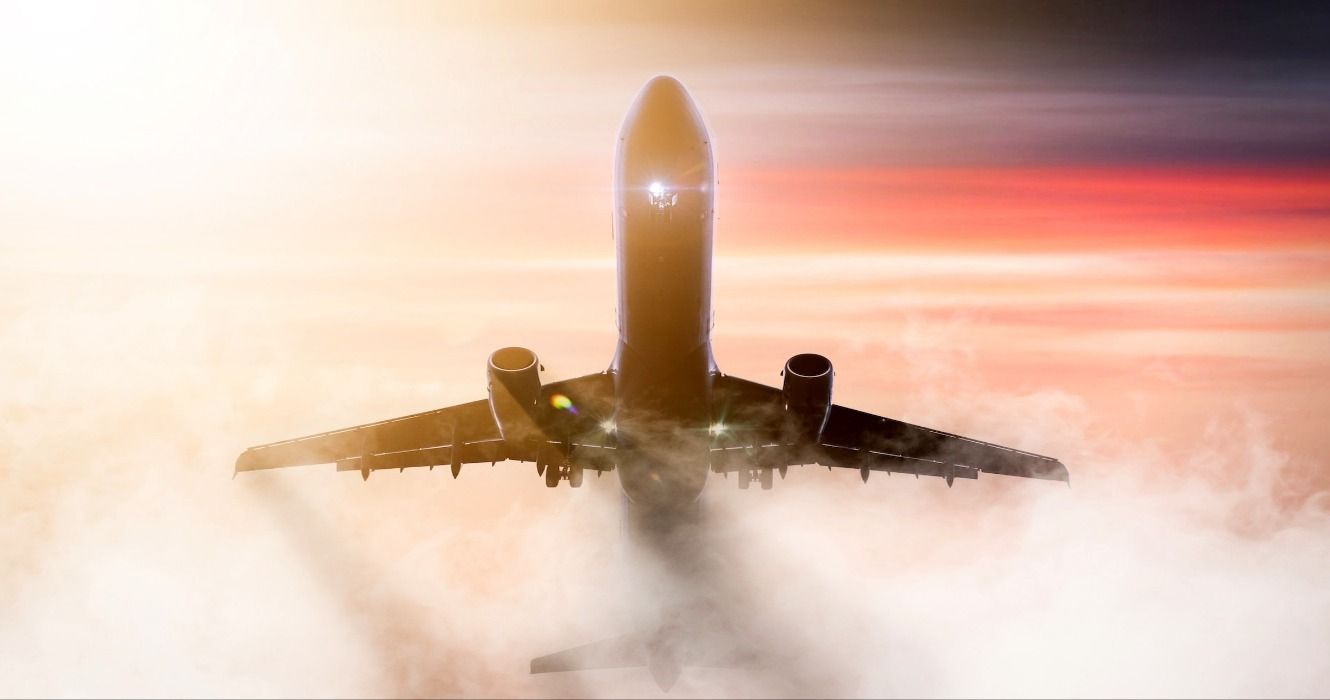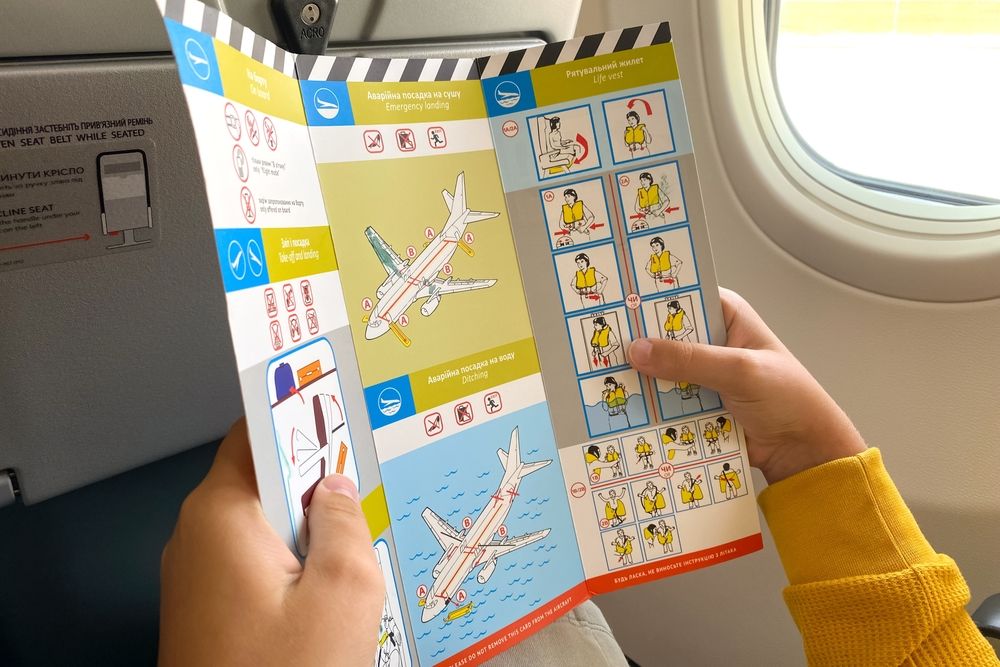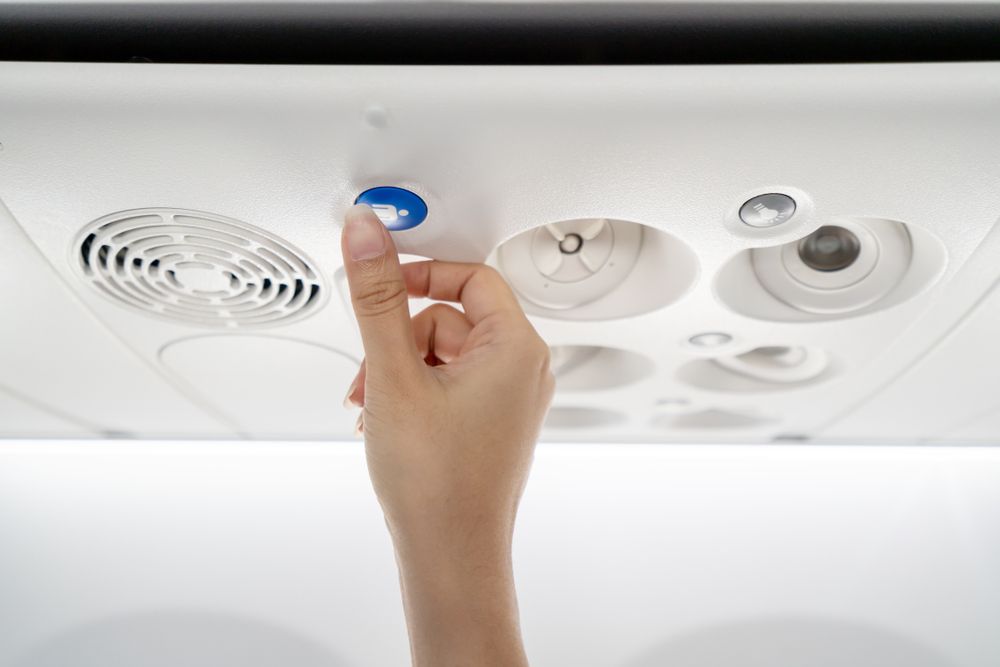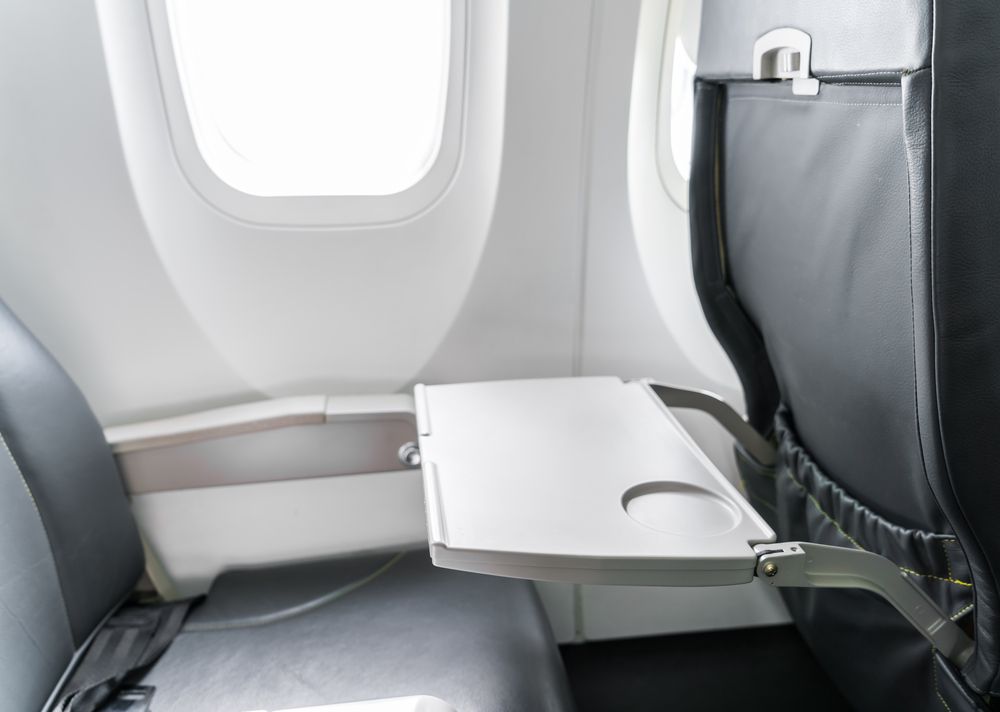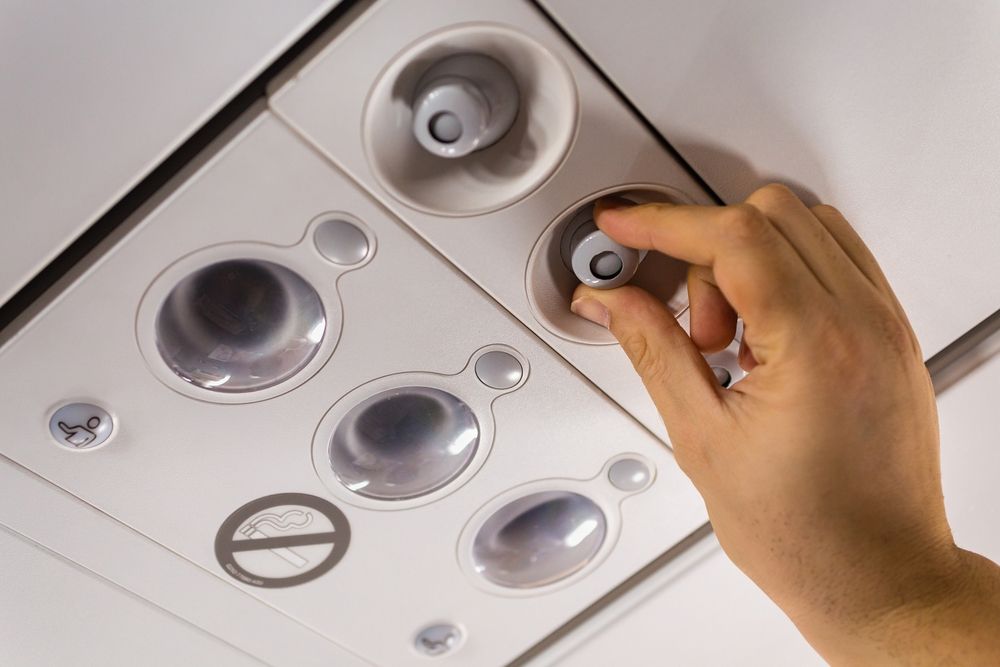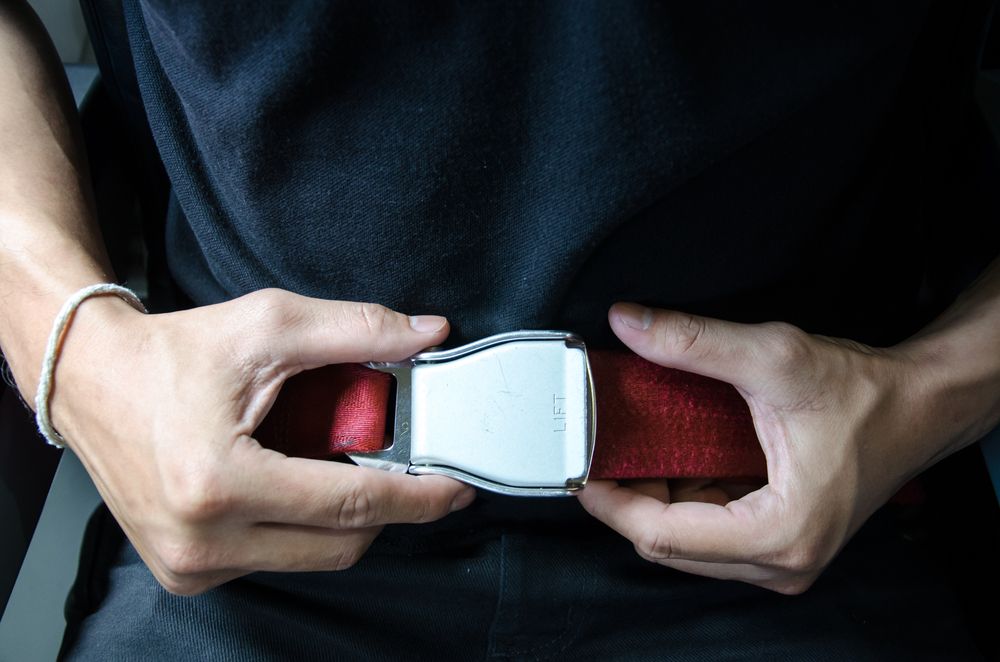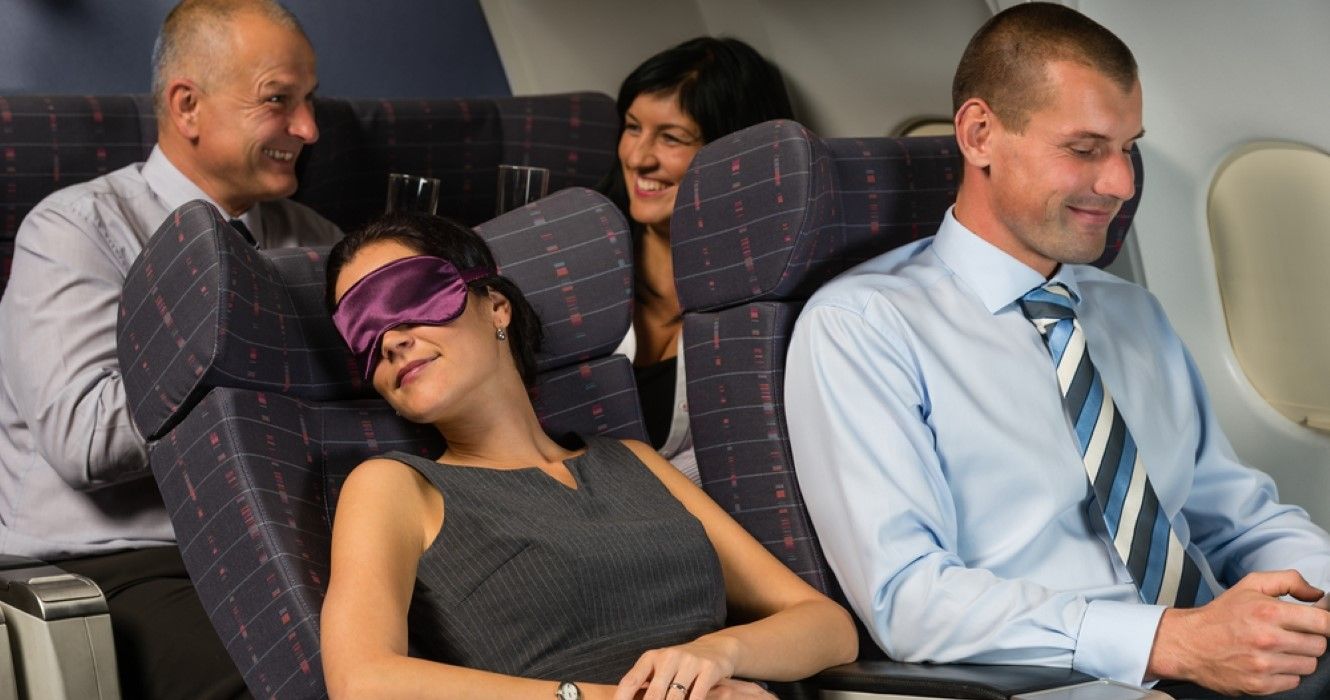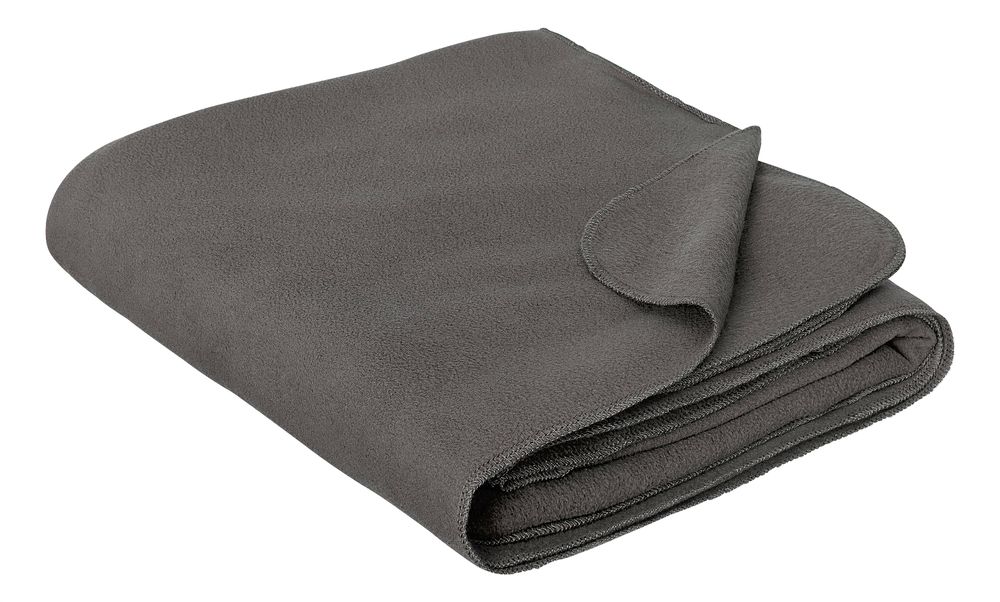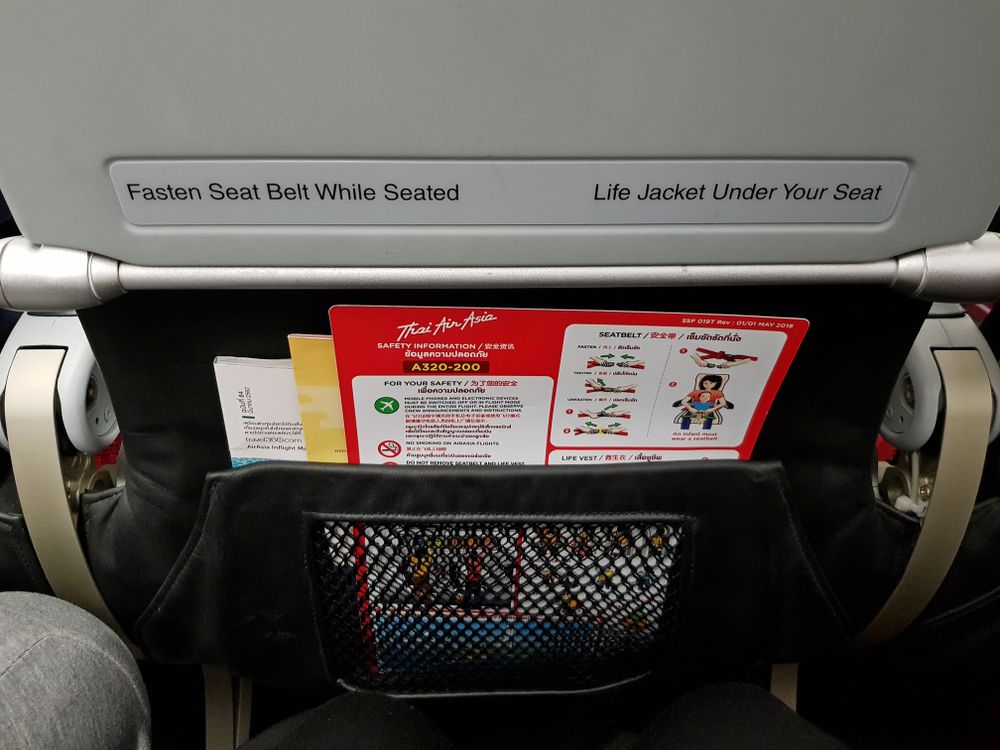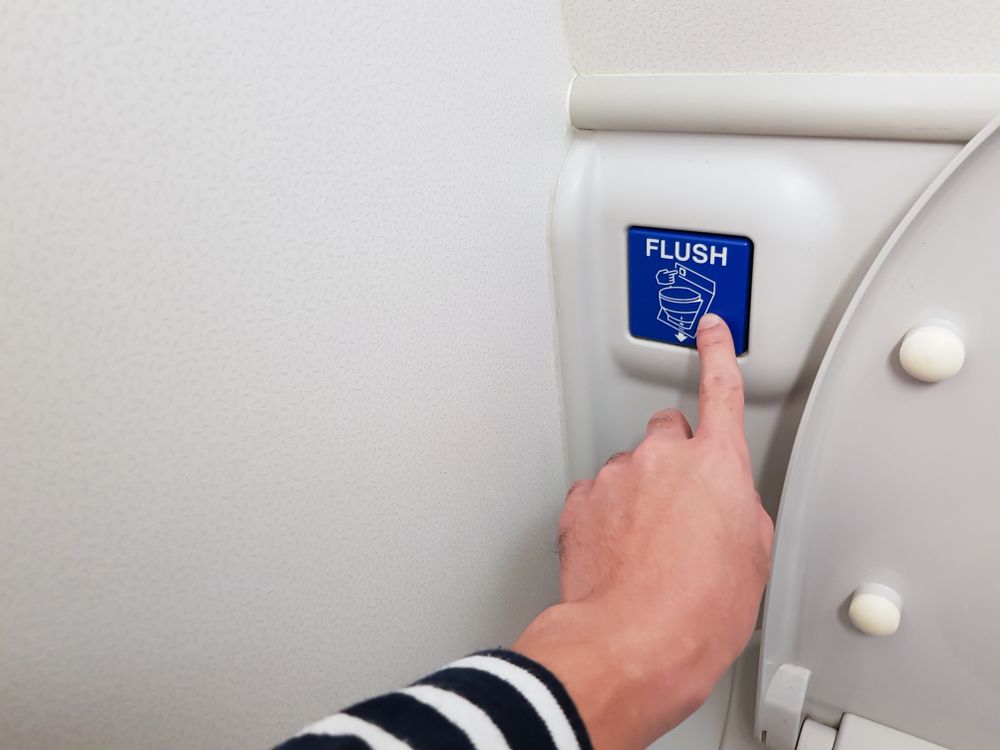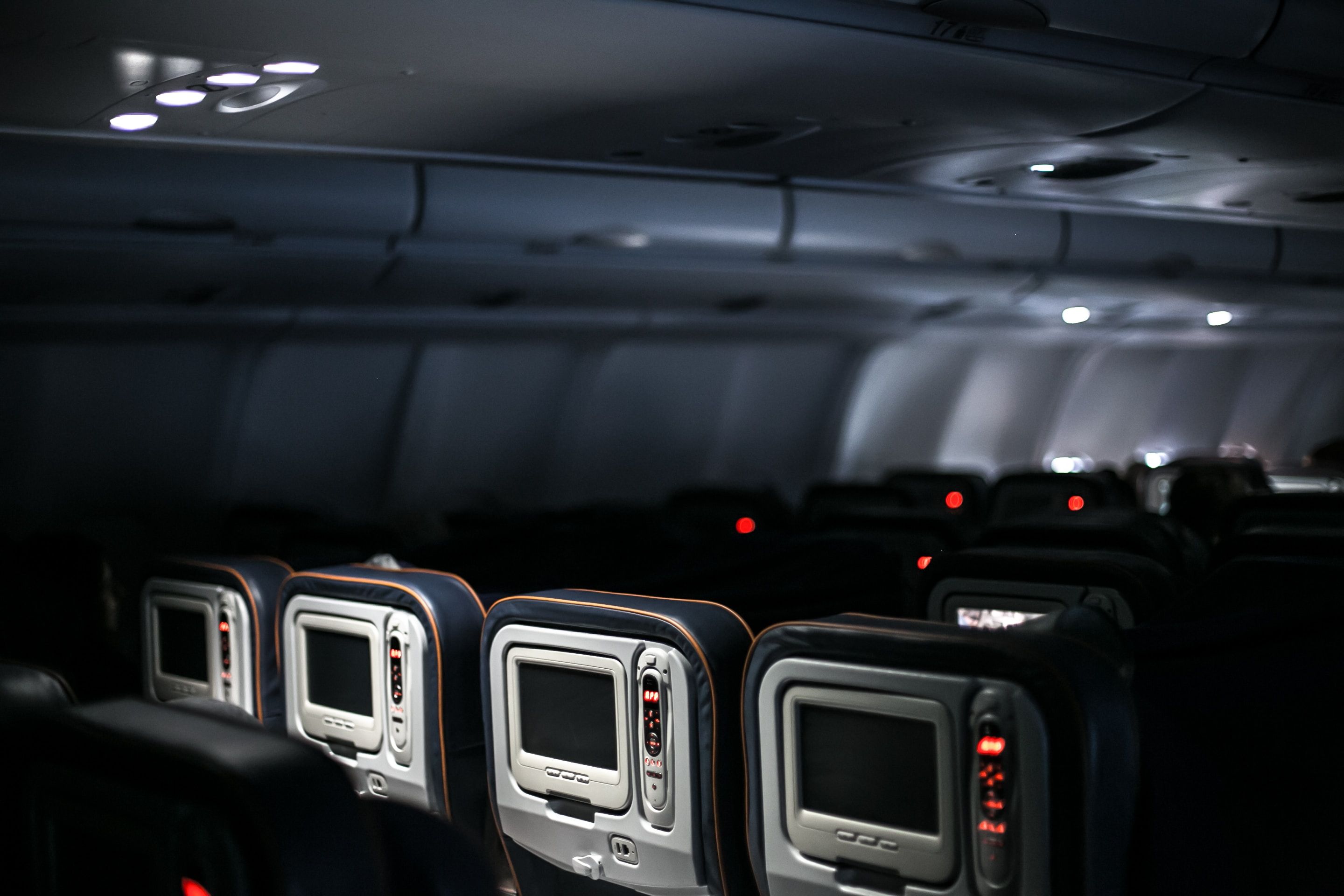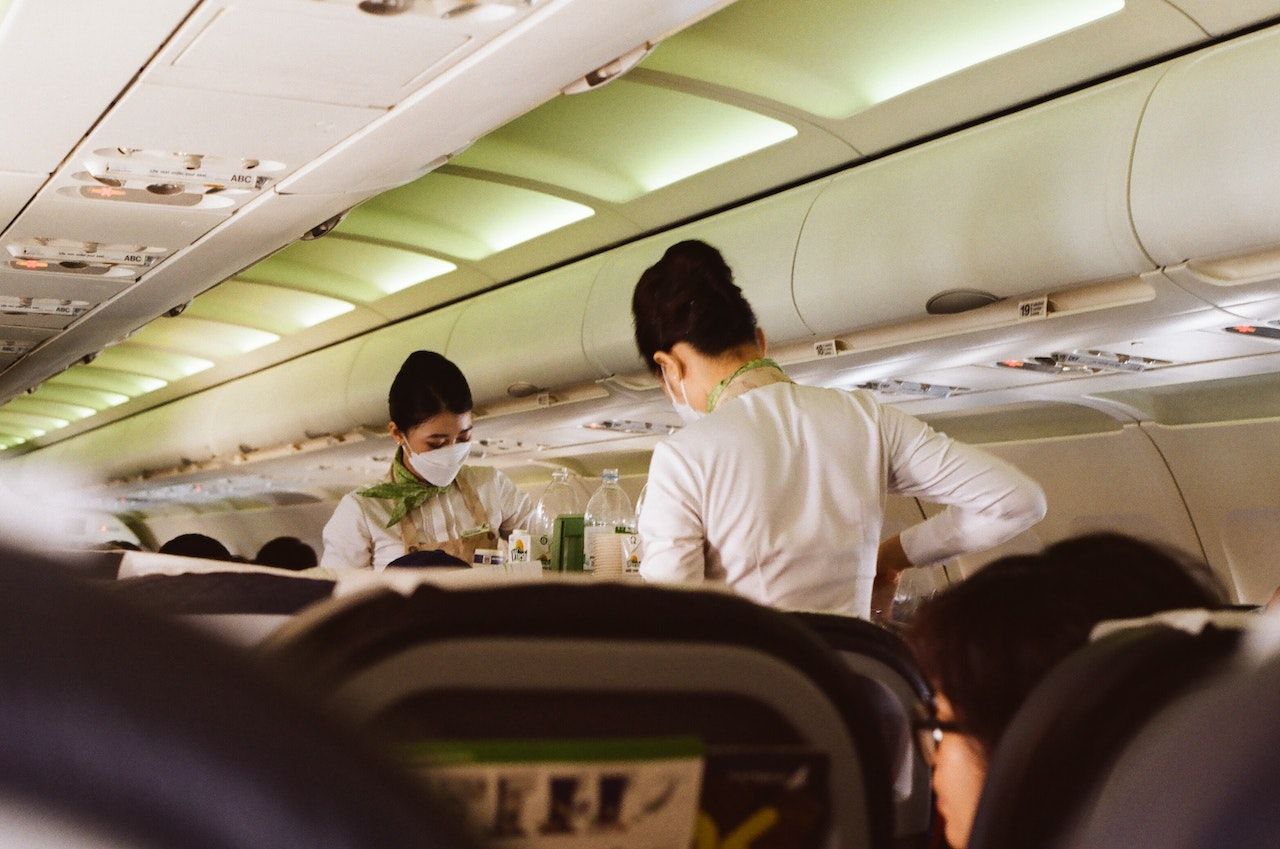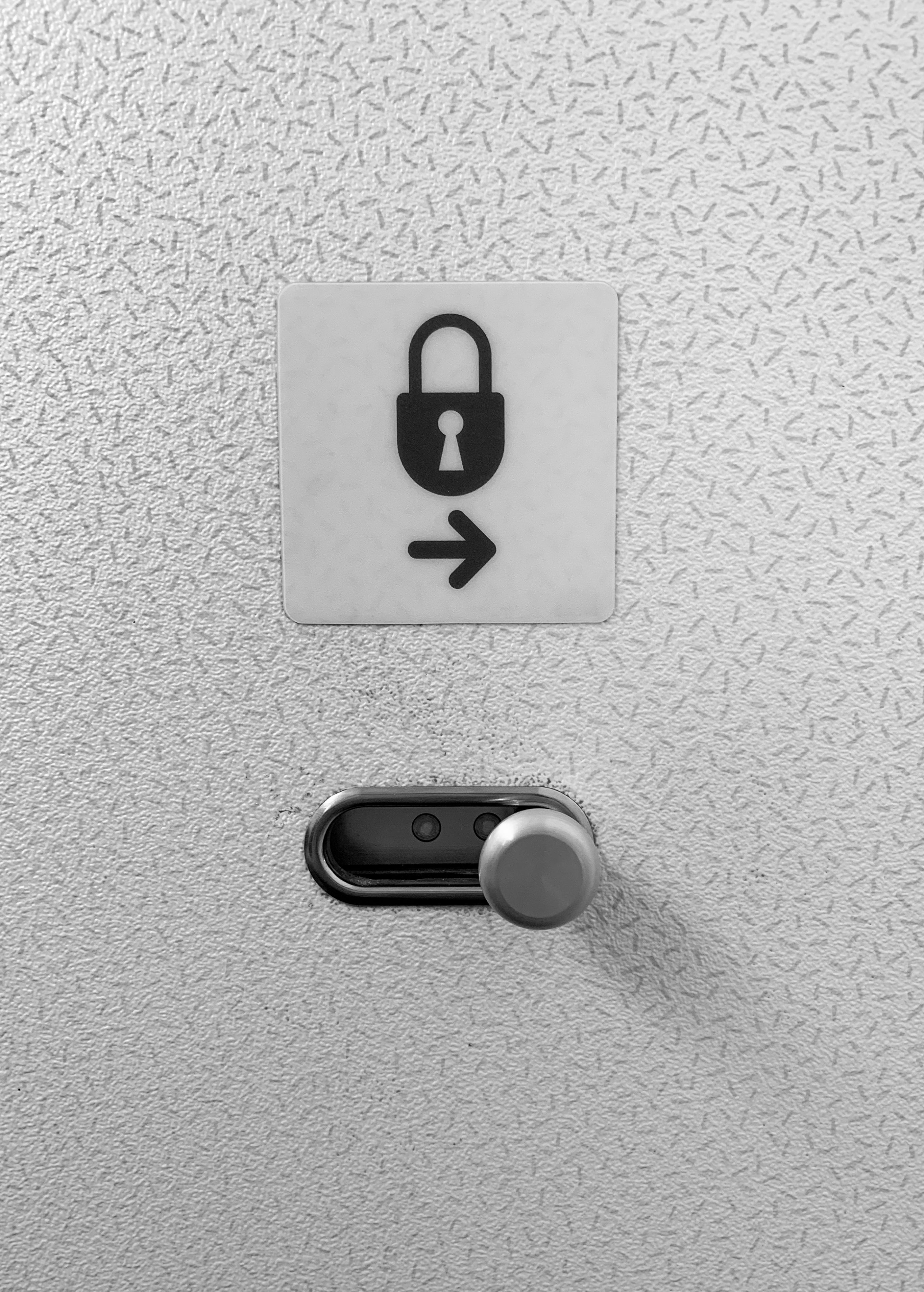Read update
- Dirty, Dirtier, And Dirtiest: Airplanes Get Kind Of Yucky...
Summary
- Which part of the airplane is the dirtiest? According to a study, plane seatback trays carry eight times more germs than toilet flush levers; avoid touching them without sanitizing them first.
- Avoid touching airplane brochures, too; they are often covered in germs and rarely cleaned.
- Help buttons on airplane seats are also some of the germiest places on a plane; they're germ breeding grounds and are often skipped during cleaning.
Before we had planes, we had boats, and before germs, well, we still had germs. When we consider the fact that most commercial planes hold up to 350 passengers, it seems inevitable that dirt and grime will find their way onboard.
Rapid layovers, high-pressure schedules, and constant boarding and deplaning of passengers mean that cleaning isn’t always the first priority for major airlines. While that isn’t exactly a revelation, it’s often something that fliers choose to sweep under the rug. Sure, there might not be an obvious flaming tire fire or a wafting stench of dirty diapers.
Still, under a microscope, some areas of airplanes are—to put it nicely—alarmingly disgusting and should be avoided at all costs. That said, which part of an airplane is the dirtiest? Most would probably think the lavatory; however, there's an abundance of other parts of a plane that are dirty (even more so than the toilet!). Heck, even the free stuff on planes can be filled with germs, so there's no true winner on an aircraft. This list covers every area travelers really shouldn't touch while on an airplane. Let's dive in!
UPDATE: 2024/01/13 13:24 EST BY NOAH STAATS
Dirty, Dirtier, And Dirtiest: Airplanes Get Kind Of Yucky...
This list has been updated with new information regarding dirty areas on airplanes to avoid (and not touch!). It's always good to clean buttons, handles, trays, seat accessories, and touchscreens while in flight. Stay healthy!
All recommendations on this list of the dirtiest places on an airplane come from both personal and professional experience of flying. Avoid touching areas you haven't cleaned or haven't seen be cleaned, and feel free to bring sanitizer wipes/gel on the plane.
12 Flight Brochures
Found in the pocket of the seat in front, brochures are often smothered in germs
Although airplanes have begun transitioning to mobile safety briefings and menus, the current brochures inside the plane seats are very gross. Like a menu at your favorite restaurant, this is often the last thing to be cleaned during a wipe-down pre or post-flight. Your seat brochure is a breeding ground for germs, so if you need to touch it, grab a wipe or ask for one.
Many people don't realize you can ask for a disinfectant wipe from a flight attendant while flying, especially if it makes their clean-up easier. They'll probably appreciate the help. Alternatively, if you're a bit too shy to ask, consider some tips for minimalist packing on a long flight and use them to fit a small, travel-friendly hygiene/sanitizing kit with you!
- Reason to avoid touching: These are much like restaurant menus and are seldom wiped clean or disinfected.
Have you ever wondered why people stand up right away when a plane lands? There's actually a "scientific" answer!
11 Help Buttons
Yet another germ breeding ground that might get skipped during cleaning
One of the more popular features of an aircraft is the help button. Typically, these are filled with other people's germs, regardless of the airline you fly with. Most people don't wipe these down themselves, and flight attendants are often too busy cleaning larger surfaces between flights to get to them.
It's a good idea to bring Clorox when flying to ensure you can get help without potentially getting sick. When in doubt, raise your hand! Keep it old school.
- Reason to avoid touching: Everyone presses their seat's help button, and they're often skipped during airplane wipe-downs.
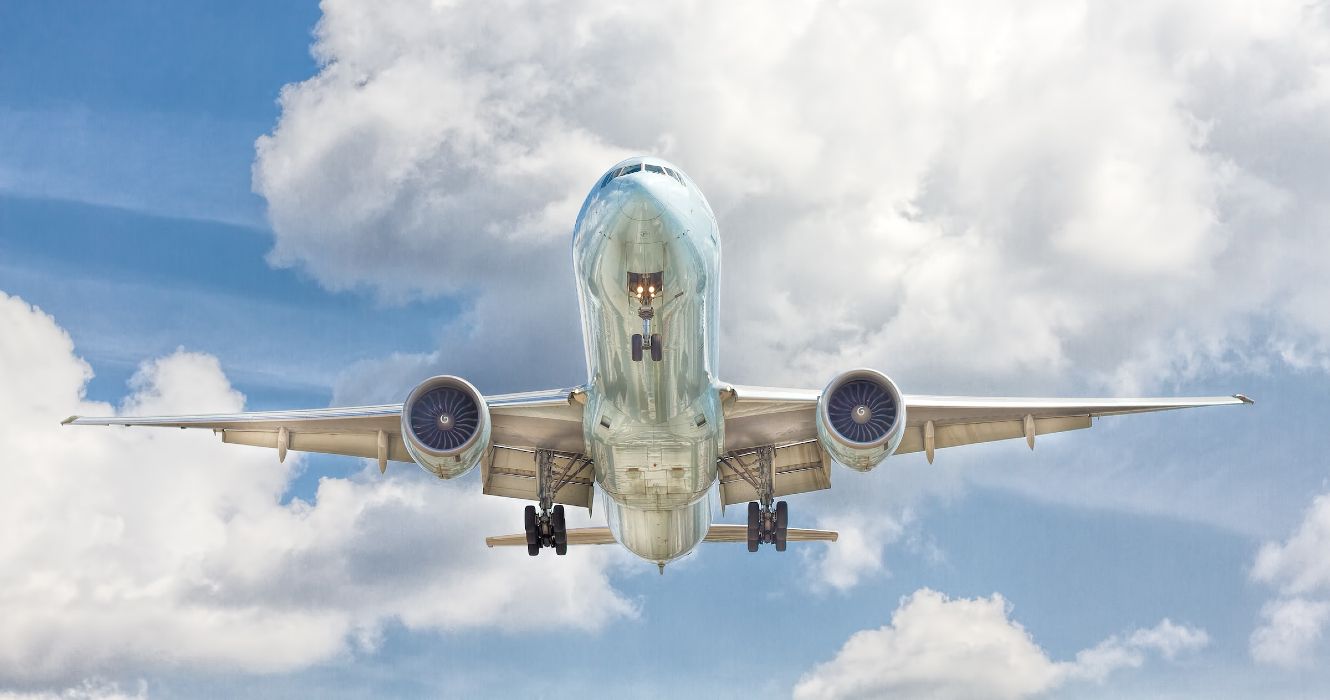
How Many Ounces You Can Take On The Plane & 9 Plane Tips For 2024
Here are some airline travel tips for those going on adventures in 2024.10 Seatback Trays
Airplane trays can carry eight times more germs than toilet flush levers!
If we had to take a stab in the dark and guess what the dirtiest spot on a plane might be, most people would assume it’s somewhere in the lavatory. We wouldn’t fault them for that assumption, either, because it really makes a lot of sense. Without getting into too many gruesome details that would spoil our appetite, we all know how nasty people can get in the bathroom.
Here’s the catch: airline staff are aware of this as a high-traffic area of germs and, therefore, make a conscious effort to always keep the lavatories as squeaky clean as possible. One area that receives minimal attention in comparison is the seatback tray table (you know, the one that you put your food on!). A study by TravelMath indicates that these tray tables carry eight times more germs than toilet flush levers.
- Reason to avoid touching: These trays are heavily used and touched by potentially thousands of others before you
9 Air Vents
Dirty air, dirty surface: skip the A/C on your next flight (or give it a quick wipe first!)
As humans, we’re all different. We each have our own preferences for food, lifestyle, travel destinations, and music. Some of us sleep with a fan on, while others need utter and complete silence. Where are we going with this? Well, we also all have pretty picky individual preferences for air conditioning. Compared to lavatories on planes, gross contact with the air vents is minimal. Therefore, cleaning becomes minimal too.
We don’t know which rib-eating, finger-licking, nose-picking, butt-scratching person sat in our seat before us and fiddled around with the overhead vent. For those reasons, they’re pretty darn gross and might be worth a sanitizing wipe-down before contact is made.
- Reason to avoid touching: Air vents often blow recycled air into your eyes, nose, and mouth. Keep them closed during a flight.
8 Seat Belt Buckles
Safety first, kinda - make sure and disinfect seat belt buckles on airplanes
There are some places onboard that, if we are aware of beforehand, we can make a conscious effort to avoid. One thing that we can’t avoid, however, despite our best efforts, is the seatbelt. Unfortunately (well, fortunately, we’d argue), every single passenger is required by aviation law to wear their seat belt during take-off, landing, and at the discretion of the pilot.
Sure, it might not be the filthiest spot on board the aircraft (yeah, we’re hinting at you, Mr. Tray Table), but hundreds of people have fondled it before you, and hundreds will do the same once you’ve left the plane.
- Reason to avoid touching: Although you need to wear a seatbelt, it's best to avoid touching them without cleaning them first. They're small and overlooked yet touched by all passengers that sit in the seat, so people often skip wiping them down between flights.
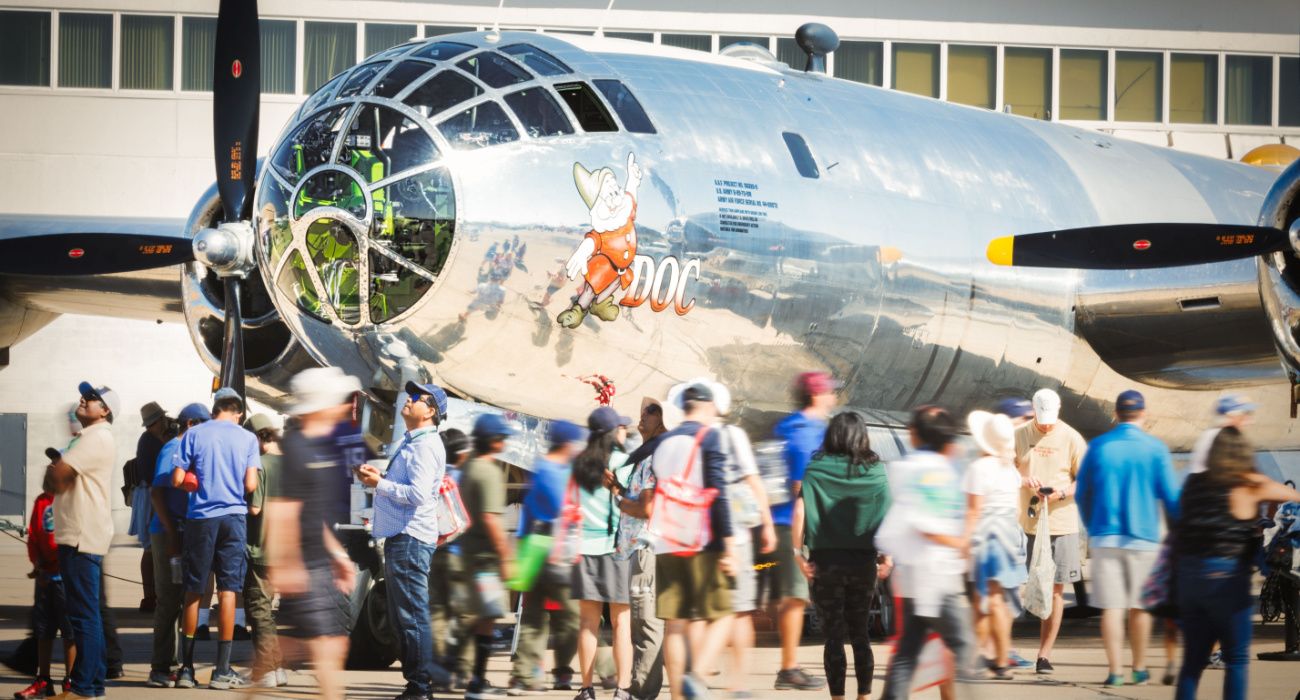
You Can Actually Book A Flight On A WWII Bomber Plane Today (& Why You'd Want To)
Two WWII bomber aircraft are still in flight today. Here's what to know about taking an 8,000-foot flight on Doc the B-29 Superfortress.7 Headrests
Your head (and everyone else's) has touched the plane seat headrest...
Yeah, you know that place that you lean your skull against for the majority of the flight? Falling asleep open-mouthed and slowly drooling onto a recycled blanket while wearing a deplorable $2 eye mask has happened to nine out of 10 of us over the years.
The aisle seat headrests are actually another one of the dirtiest places on a plane; these are the precise zones we should be particularly wary of because not only do they come into contact with our faces and hair (did someone say head lice?), but also the thousands of hands that walk up and down the aisle relying on them for balance.
Again, we have no idea who washes their hands and who doesn't, and as a ‘low-germ zone,’ the headrests don’t get a whole lot of love in terms of cleaning.
- Reason to avoid touching: The headrests are touched by heads as well as hands and are often not properly wiped down by airline staff. Hair oils and dirt may even transfer to your head.
6 Blankets
Yes, they may keep passengers warm during longer flights, but who knows how clean they are?
Sure, airline-provided blankets might be convenient, keeping passengers marginally warmer and a little more comfortable, but they’re also incredibly light and thin and are often wildly too small. This means that you’ll still have to don an oversized hoodie and some wooly socks to keep warm. They can be pretty darn scratchy, too.
All combined, that’s not too bad, right? Oh, did we forget to mention that your blanket has already been used by countless other passengers? Yeah, we thought that would do the trick. As a rule of thumb, don’t use any airline blanket unless you physically unwrap it from the plastic (meaning it’s been washed). Otherwise, you can't truly know for sure if it's been washed beforehand. It’s still worth bringing a warmer one, regardless.
- Reason to avoid touching: Blankets given on planes may be unclean and have been used by many others. Unless you get to keep it, skip the blanket, and bring your own.
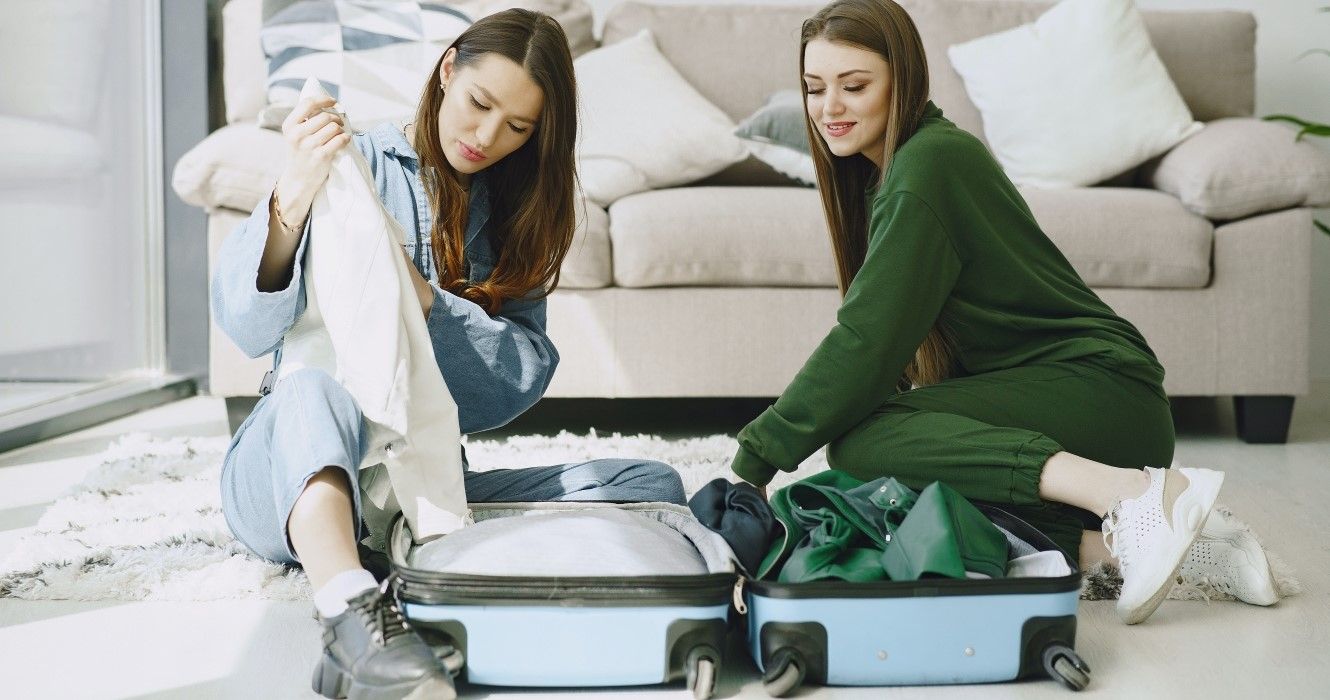
These Are The 10 Most Comfortable Outfits To Wear On A Plane
Traveling can be a hassle, but choosing the right outfit can make a lot of difference. Here are some of the best outfits to wear on a plane.5 The Seat's Back Pocket
Although they hold menus, safety briefings, and more, these germ-rich pockets may hold gross surprises
From chewed-off fingernail clippings to banana peels, sugary crumbs, mushy baby food, and snotty used tissues, the seatback pocket has the potential to deliver a germy surprise to any who dares reach for an in-flight magazine or to store their belongings.
In times of rapid layovers and quick passenger changes, our good old seatback pocket friends are often forgotten about entirely when it comes to a thorough (or even basic) wipe-down. People have found all kinds of sticky, crumby, wet, pointy, and gooey objects in there, and while it might seem like overkill, it isn’t entirely unheard of for people to bring a pair of disposable gloves.
- Reason to avoid touching: Flight attendants often do not wipe seatback pockets between flights. These are typically cleaned in the morning and after the day's final flight.
4 Lavatory Flush Buttons
Use toilet paper as a barrier to flush and thank us later
This one was simply inevitable. While the toilets on a plane undergo a thorough cleaning and overnight disinfecting after long-haul flights (according to the Wall Street Journal), that doesn’t mean that they’re kept spotless while in the air.
A one-way trip from Los Angeles, California, to Melbourne, Australia, takes approximately 15 hours (depending on headwind or tailwind). During that time, passengers all need to use the potty (and probably a handful of times). Unless there’s a major “clean-up in aisle one!” moment, then aside from restocking toilet paper and tissues, cabin crew don’t spend much time on lavatory maintenance. Still, would we even want them to, considering they’re the ones handling the food as well?
- Reason to avoid touching: Before touching one of these buttons, remember many people use their feet to flush airplane toilets. These are often not cleaned well enough during and between flights.
3 The Touchscreens
Games, germs, and flight statuses - bring a disinfecting wipe
Since the Golden Age of flying, things have gone a full 180 degrees. Legroom luxury has become a thing of the past, smoking on planes is now punishable by law, and sweatpants and a baggy hoodie are the new wave jet-tuxedo.
Entertainment and technology have changed remarkably, too, of course, with endless films, TV shows, music, and games available literally at our fingertips on a touchscreen device, but what do we do with a touchscreen? We touch it! With our grimy, sweaty, sticky, germy hands. And then someone else does, and then their nose-picking child swipes through the Disney films, and then the sick teenager who doesn’t wash their hands flicks through raunchy comedy films. You get the point - they’re not clean; bring a disinfectant wipe to give them a once-over before touching them!
- Reason to avoid touching: Although fun to mess around with, individual touchscreens on airplanes are often barely wiped down between flights an are touched by many people.
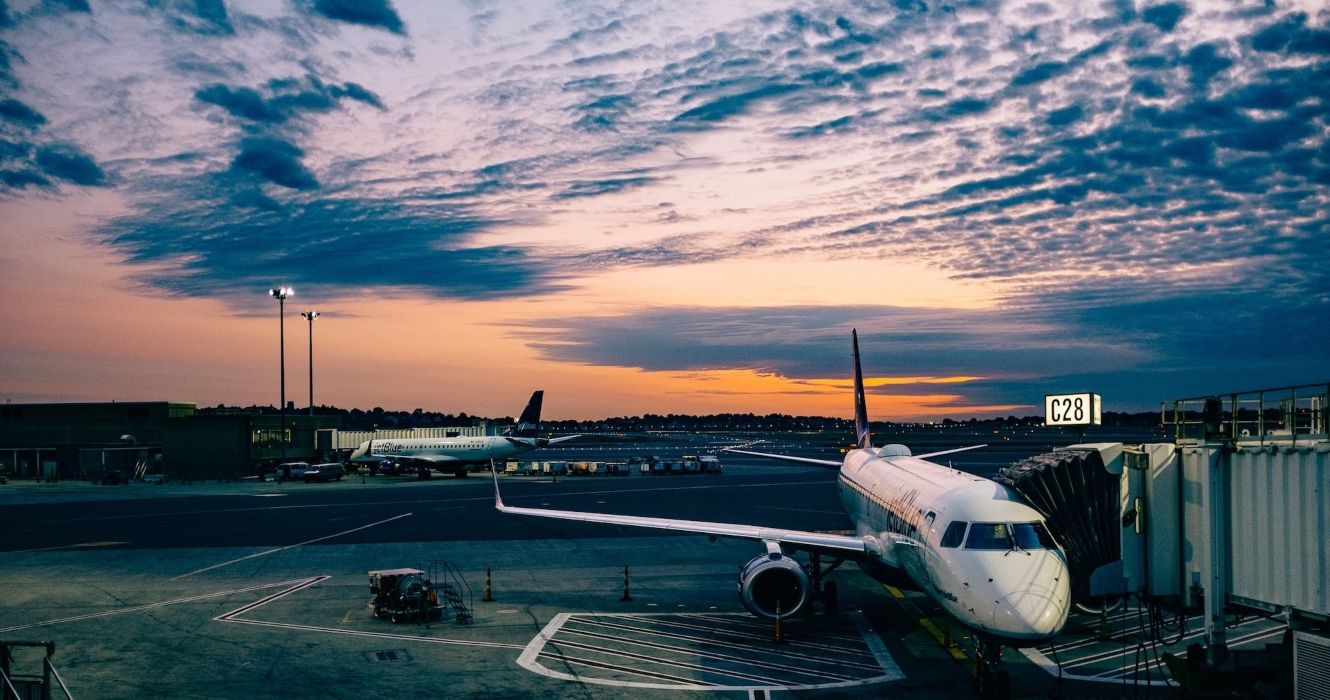
18 Surprising Things That Aren't Allowed On A Plane (12 Shouldn't Be)
We've scoured the TSA ban list and have come up with plenty of surprising things that aren't allowed on a plane, and some that shouldn't, but are.2 Tap Water, Tea, and Coffee
It might be best to buy ahead; tap water on airplanes is a cesspool
You’ve just woken up from a lousy three-hour on-and-off nap to the joy of a coffee and tea trolley slowly moving toward you in the aisle. A quick cuppa Joe might give you the kick you need to fend off potential jet lag, but you might be thrusting germs into your body at the same time, according to a study from Food Policy Center a few years ago.
Why? Because the in-flight tap water (which is used to brew tea and coffee) runs through a series of tanks and pipes that are cleaned rarely and sporadically and are thus potentially one of the dirtiest parts of a plane if they get skipped during plane cleaning.
That’s why it’s always a good idea to bring your own bottle of water in case the cabin crew runs out and needs to switch to their tap water. Throw in the food to avoid at airports and on planes into the mix, too, and you might as well just bring an entire lunchbox for your journey.
- Reason to avoid touching: Water and anything made using it means you're drinking fluids that have run through many tanks and pipes on the plane, which are rarely cleaned.
1 Lavatory Door Latches
Everyone touches them, and awkward plane sinks make washing hands after toilet use a challenge
When all is said and done, and we’ve finished our private business in the lavatory, it’s time to flush, wash our hands, and head back to our cramped, germ-ridden aisle seat. Of course, there are things everyone should know before stepping on a plane; however, some can be lesser known than others - and the awkward loo latch and airplane sink handwashing combination is one of those things.
Washing hands in the lavatory isn’t as easy as it first sounds, with the sink’s automatic water shut-off that forces toilet-goers into a “that’ll do” moment. The minuscule size of the sink itself means that large-handed folks struggle to even fit their entire fists under the tap, too.
So, with half-clean hands, passengers slide the latch to exit the lavatory, adding to the bustling germ city that festers throughout the flight. Even if you make an effort to thoroughly scour your hands with soap, the majority of other passengers who came before you likely didn’t. Germs galore!
- Reason to avoid touching: Lavatory latches and handles are touched by nearly every person on an airplane using the restroom. They're rarely wiped down.

